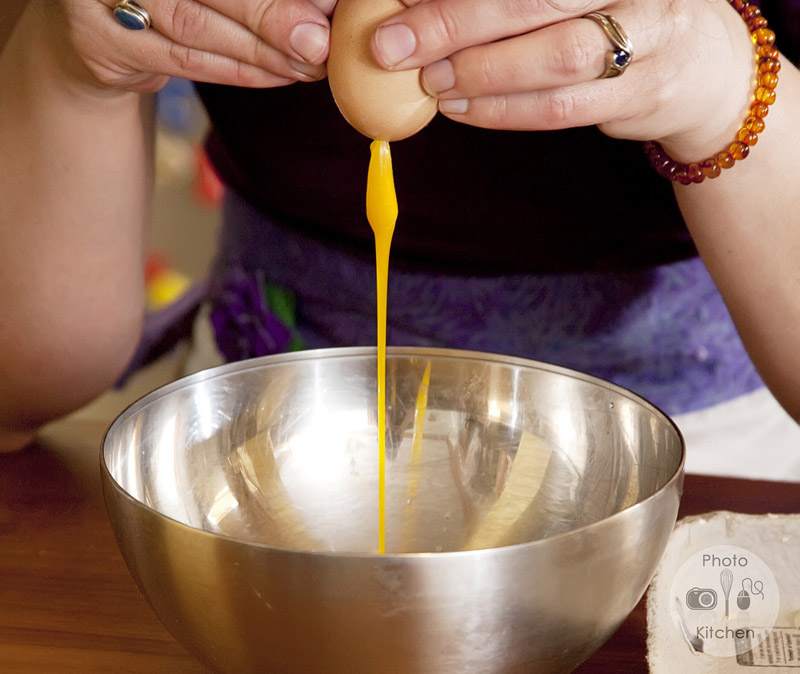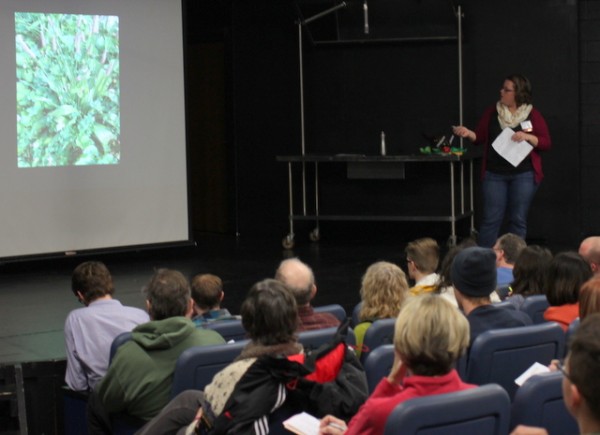 I'm still riding high on the "agricultural intoxication"* of the 2015 Ohio Ecological Food and Farming Association annual conference. My heart is warmed by so many great talks, both prepared presentations and side conversations, with friends new and old. My head spins with the possibilities of this coming year.
I'm still riding high on the "agricultural intoxication"* of the 2015 Ohio Ecological Food and Farming Association annual conference. My heart is warmed by so many great talks, both prepared presentations and side conversations, with friends new and old. My head spins with the possibilities of this coming year.
I bounced around a lot this year, staying in only one session for the entire period - my own! There were just too many enticing presentations to choose from. Here's some of the wisdom I heard:
- "Introduce wild edibles to your diet one at a time." - Kate Hodges of Foraged & Sown, speaking on foraging. Since wild edibles are often more potent than farmed vegetables, it's a good idea to give your digestive system a chance to adapt. Later, when talking about plantain, she shared our canning disaster story.
- "No one else can be you." Jill Moorhead spoke about telling your food story. When marketing your farm or food business, she advised consistent branding, offering education like recipes and samples, and team up with others to tell your shared story.
- But avoid trendy terms. Jill said "I have so many pet peeves about meaningless words." Natural, family farm, free range, heirloom, etc. are undefined and overused. Instead, choose defined terms like organic and/or meaningful descriptive phrases.
- "Appreciate your pork farmer." That's my quote after stepping into Lyndsey Teter's talk about pastured pigs when she was discussing breeding. I'm glad she's willing to spend "days of her life" (her words) staring at porcine nether-regions doing pregnancy checks while I just get the benefit of delicious Six Buckets Farm pork.
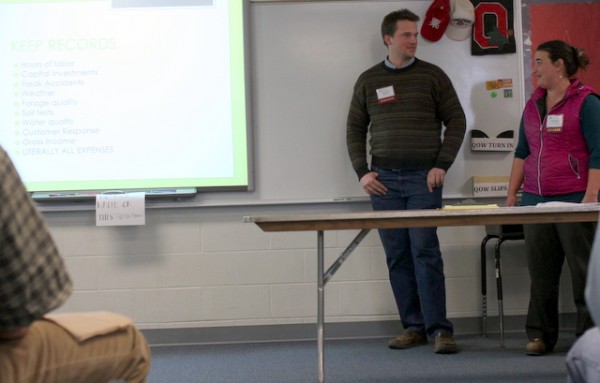
- "Our deal with our livestock is that we'll give them a great life where they won't want for anything. In exchange, we're going to eat them." Chelsea Gandy shared this farming principle when talking about raising livestock with Jesse Rickard of Fox Hollow Farm Naturally. I'm planning a farm tour this spring to check out their amazing pasture rotation system and exciting livestock varieties.
- "Turkeys are awesome." This tidbit started off Meredith's session on raising Thanksgiving turkeys, based on her experience running The Gray Fox Farm. Her presentation restarted our poultry plans for this year. I'm not certain that we'll try turkey but we are definitely going to raise our own meat again this summer.
And now for the news!
- Joseph Swain and I debuted the Columbus Agrarian Society at the OEFFA conference by hosting a booth and talking to hundreds of folks. We've been working on the CAS for months, envisioning a group that offers technical and material support for intensive growers in central Ohio. We have a full slate of hands-on classes and social events coming up. We would love for you to join us as a member! I'll share much more about CAS soon.
- Finally, during the business meeting on Saturday night, I was elected to the OEFFA Board. I'm excited to serve this body that gives me so much inspiration and support.
*Alex coined the term "agriculturally intoxicated" while listening to me gush about the conference on Saturday night.

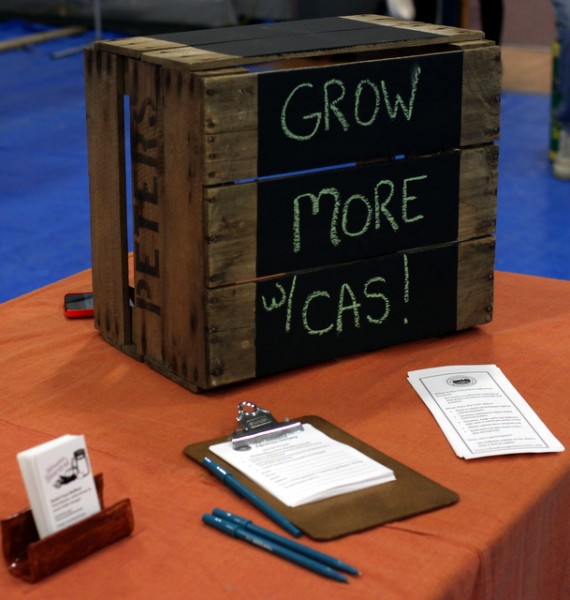

 It contains tips, hints, and lots of recipes for feeding your family real whole food every night in Sally's very approachable writing style. Stay tuned to her website for a local book signing event.
It contains tips, hints, and lots of recipes for feeding your family real whole food every night in Sally's very approachable writing style. Stay tuned to her website for a local book signing event.

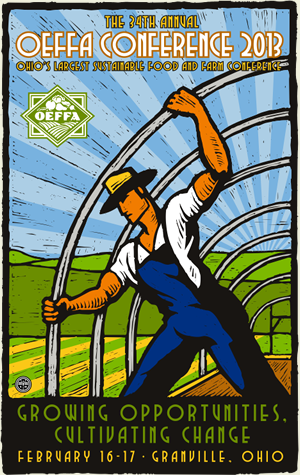
 by farmers at
by farmers at 



